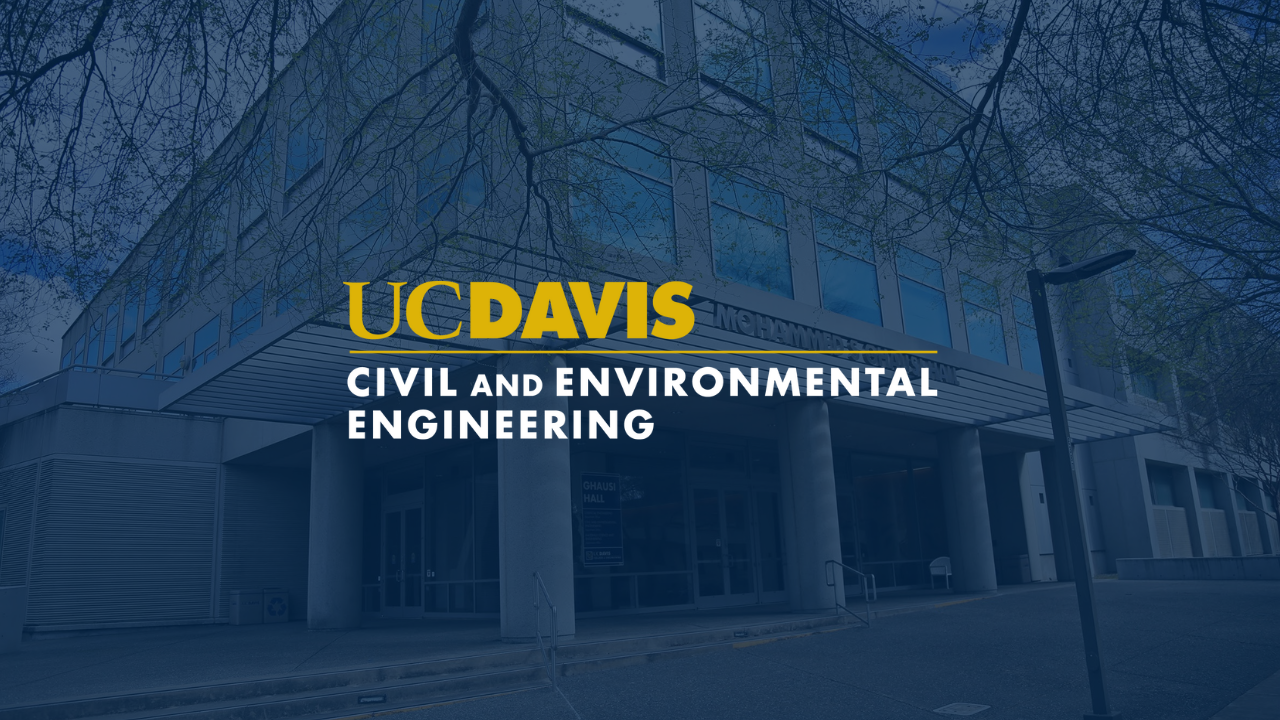
Event Date
Bio:
Chris Carpenter, P.E. has 22 years of geotechnical engineering experience with Cornforth Consultants, Inc.-Landslide Technology working in the Pacific Northwest, Mountain West, and Alaska. His areas of expertise include design of landslide stabilization measures, dam safety evaluations, seismic site response, slope stability and deformation analyses. Chris’ landslide mitigation design experience ranges in size and scale from small earthwork mitigations to address shallow instability to large-scale structural solutions. He has extensive experience developing reasonable and cost-effective mitigation concepts that balance tolerable risk with construction cost. Chris holds an M.S. degree in Geotechnical Engineering from the University of California at Berkeley, and is a registered Professional Engineer in Oregon, Washington, and California.
Abstract:
The Oregon Department of Transportation, in an effort to improve safety along a 7-mile-long accident-prone stretch of US Highway 20, selected a new alignment through rugged coastal landslide terrain in Lincoln County, Oregon. Originally released as a design-build contract, landslide challenges at 12 sites arose during initial construction resulting in a redesign of the project to mitigate landslides. Cornforth Consultants was brought on-board by the ODOT as part of the redesign to provide geology and geotechnical engineering services for landslide mitigation. CCI worked together with ODOT personnel to release six construction design packages to remove partially constructed bridges, adjust highway alignment, and mitigate landslides. The project included approximately 7.3 million cubic yards of earthwork, soil and rock cuts up to 220 feet in height, embankments up to 180 feet high, 3,220 feet of 78-inch diameter culverts, and a large 28-foot diameter wildlife crossing. Mitigation of the 12 landslide sites included shear keys, buttresses, unloading, high-capacity ground anchors, and horizontal drains. CCI and ODOT used an observation approach for design and construction, allowing for design with lower margins of stability while providing the ability to adapt construction based on performance of mitigation design. This performance-based design approach allowed for creative solutions while identifying contingency funds if additional mitigation were needed.
Target Audience:
Graduate Students and Faculty (in Geotechnical Engineering)
